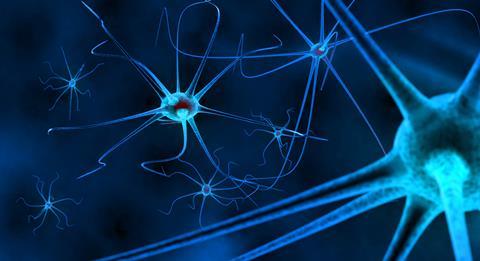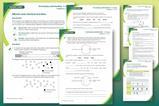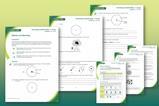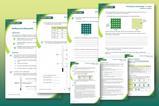Neuroscience and its potential implications for teaching
National STEM learning centre
Future Learn
Online course | Free
Reviewed by Neil Goalby
bit.ly/2M9kGCB
National STEM learning centre
Future Learn
Online course | Free

The brain is a complex organ and the study of its workings has been quite separate from the world of teachers and education. Nevertheless, if an educator has an understanding of what is happening in the brain, it has the potential to improve students’ longer term memory and knowledge retrieval.
The science of learning is an online, five week course organised by the National STEM Learning Centre. The course links ideas on neuroscience to education. I followed this course earlier this summer.
Each week looks at a different aspect of neuroscience and its potential implications for learning. The course leaders use a combination of videos, text and linked articles, with various opportunities for reflections and discussions.
The course starts with a brief overview of several neuroscience myths misused in education, such as preferred learning styles and Brain Gym. This isn’t new to me but I’m aware these flawed ideas still cling on in some places.
The second week looks at the importance of engagement in helping a student learn. This includes how the brain responds positively to praise and becomes more open to learn, and how fear has the opposite effect. The use of praise and positivity in a classroom is not exactly a revolutionary idea in the 21st century. It was interesting, however, to see the effect of these on the brain.
Week three is when the course becomes more interesting. It explores the difference between short term and long term memory in the brain, stresses the importance of building on prior knowledge when learning new ideas, and looks at cognitive load theory. I found this fascinating and it very much matched my own experience of how students’ learn best.
The fourth week builds on the previous session’s work on improving students’ longer term memory. It examines the importance of consolidation and practice in developing memory. The style of learning here is very much direct instruction, heavily led by the teacher. The final goal is mastery and independence but that is only achieved after much practice and guidance.
The course ended with a brief look at the plasticity of the brain and resilience in students, and how a teacher has a role in constructing these.
Overall I really enjoyed The science of learning. I always apply a healthy scientific scepticism to education research and theoretical courses about education. Most of the time I find them interesting, but don’t feel they really fit with my experience so they don’t change how I teach and are quickly forgotten. In contrast, for most of this course my response was ‘yes that sounds right and fits with what I do’. I have shared the ideas with my department and it has made us reflect on why we do what we do. It has also made me consider what I should do more.
I find the Future Learn courses great. They are concise, well-presented, and free to do. They get to the point quickly and do not take too long, even when working full-time. At times they may be a little too brief and I am left wanting more detail. Indeed, some of the most interesting things for me were on outside articles linked to the course page. Sometimes I felt there was a bit of a scattergun approach, with quite a few almost disparate ideas looked at briefly. I was not convinced they all fitted into one coherent approach. These are minor quibbles though.
The science of learning begins again on 17 September 2018 and I can strongly recommend this course.














No comments yet